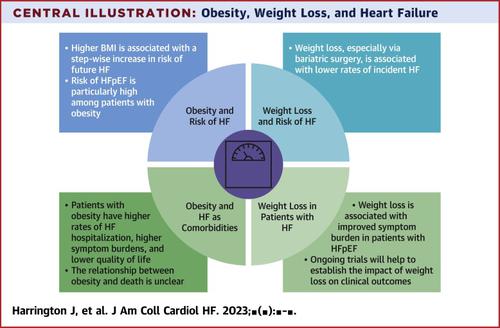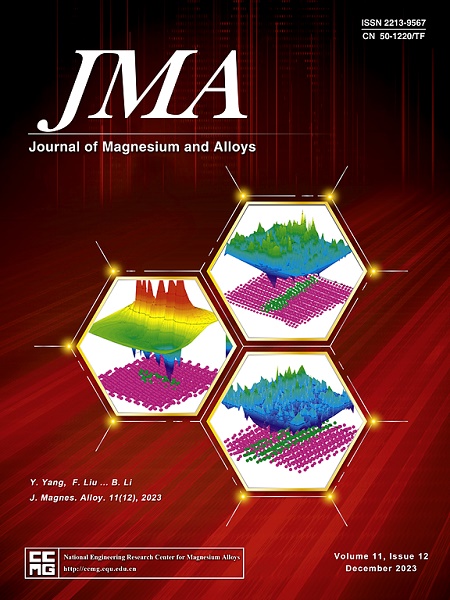镁合金上的铜离子优化镁铝层双氢氧化物可增强耐腐蚀性、抗菌性和成骨性
IF 15.8
1区 材料科学
Q1 METALLURGY & METALLURGICAL ENGINEERING
引用次数: 0
摘要
镁(Mg)及其合金具有与天然骨骼相似的密度和弹性模量,因此是骨科植入物的绝佳选择。然而,镁合金容易受到电化学腐蚀,这往往会导致植入物失效,并因植入物周围的细菌感染而阻碍镁合金的进一步发展。本研究旨在提高镁合金的耐腐蚀性,为解决镁基骨科植入物易受细菌感染从而导致植入物失效的问题提供理论指导。为了解决腐蚀问题,本文以镁合金 AZ91D 为基体,采用水热法在其表面制备了致密均匀的 MgAlCu 层状双氢氧化物(Mg(Cu)-LDH)。Mg(Cu)-LDH 在 AZ91D 和腐蚀性液体之间形成了一道屏障,从而有效地保护了镁基底免受腐蚀。Mg(Cu)-LDH 对 MC3T3-E1 细胞具有很高的存活率。涂层中的 Cu2+ 和 Mg2+ 还赋予了 Mg(Cu)-LDH/AZ91D 抗菌特性,对大肠杆菌和金黄色葡萄球菌都有很强的抗菌效果,抗菌率超过 85%。最后,体内研究结果表明,LDH 涂层植入物对心脏、肝脏、脾脏、肺部或肾脏没有系统性影响。结果表明,术后 4 周,LDH 植入体的骨体积与组织体积之比(BV/TV)为 24%,是 AZ91D 的 1.7 倍。本文章由计算机程序翻译,如有差异,请以英文原文为准。

Enhanced corrosion resistance, antibacterial properties and osteogenesis by Cu ion optimized MgAl-layered double hydroxide on Mg alloy
Magnesium (Mg) and its alloys have similar densities and elastic moduli to natural bone, making them an excellent choice for orthopedic implants. However, Mg alloys are prone to electrochemical corrosion, which often leads to implant failure and hinders the further development of Mg alloys due to bacterial infection around the implant. This work aims to enhance the corrosion resistance of Mg alloys, and provide theoretical guidance for solving the problem that Mg-based orthopedic implants are susceptible to bacterial infection and, thus, implant failure. In order to solve the corrosion problem, the Mg alloy AZ91D was used as the substrate, and a compact and uniform MgAlCu-layered double hydroxide (Mg(Cu)-LDH) was prepared on its surface using a hydrothermal method. The Mg(Cu)-LDH provides a barrier between the AZ91D and corrosive liquid, which effectively protects the Mg substrate from being corroded. The Mg(Cu)-LDH shows great cell viability for MC3T3-E1 cells. The Cu2+ and Mg2+ in the coating also endow the Mg(Cu)-LDH/AZ91D with antibacterial properties, showing strong antibacterial effects on both E. coli and S. aureus with antibacterial rates over 85%. Finally, in vivo results indicated that a LDH-coated implant had no systemic effects on the hearts, livers, spleens, lungs or kidneys. It was shown that 4 weeks after surgery the ratio of bone volume to tissue volume (BV/TV) of the LDH implant was 24%, which was 1.7 times that observed for AZ91D.
求助全文
通过发布文献求助,成功后即可免费获取论文全文。
去求助
来源期刊

Journal of Magnesium and Alloys
Engineering-Mechanics of Materials
CiteScore
20.20
自引率
14.80%
发文量
52
审稿时长
59 days
期刊介绍:
The Journal of Magnesium and Alloys serves as a global platform for both theoretical and experimental studies in magnesium science and engineering. It welcomes submissions investigating various scientific and engineering factors impacting the metallurgy, processing, microstructure, properties, and applications of magnesium and alloys. The journal covers all aspects of magnesium and alloy research, including raw materials, alloy casting, extrusion and deformation, corrosion and surface treatment, joining and machining, simulation and modeling, microstructure evolution and mechanical properties, new alloy development, magnesium-based composites, bio-materials and energy materials, applications, and recycling.
 求助内容:
求助内容: 应助结果提醒方式:
应助结果提醒方式:


